Art Deco period, with incised mark Revernay and the production number 168 / 56B.
"Around 1896, the company Sarreguemines Utzschneider et Cie created an art workshop responsible for producing Art Deco artistic ceramic.
This workshop will be installed at a place called Revernay. The first productions will be presented during the 1900's Exposition Universelle in Paris.
This production will reach its peak around 1925-30, and is part of the ceramic art trend, initiated by Carriès installed in Saint-Armand-en-Puisaye, not far from Digoin."
Like the adventure of Mougin Brothers in Nancy, it is indeed the debate between ceramic production as a work of art, rather elitist or as a temptation of more industrial serialization production for a wider distribution, which will be at the center of Revernay ceramics history.
After the Second World War, in 1950, this production was reborn in the form of painted earthenware inspired by the ceramics of Picasso and the workshops of Vallauris, but without much posterity.
This "colloquint" shaped vase was also used as a cover (see last photo) for the exhibition catalog, Musée de la Faience de Sarreguemines, from May 15 to September 28, 2004, "Les grès de Revernay, 1896-1930. Art in the industry ", 2004, edition Friends of museums and the arts - Sarreguemines"
Sizes: Height 23.5cm and diameter 18.5cm



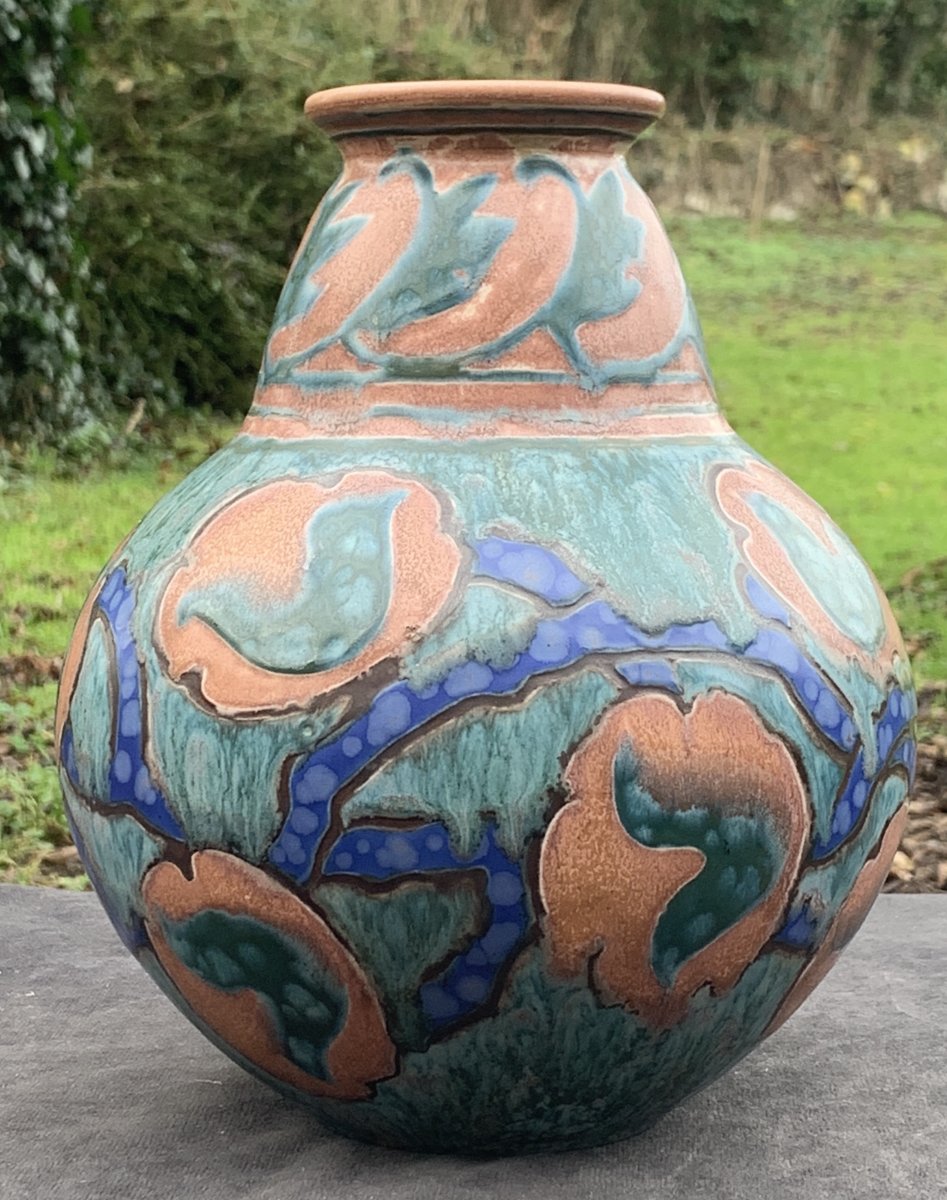











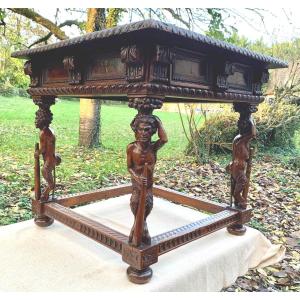
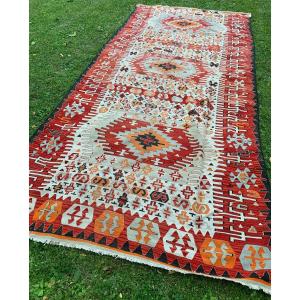



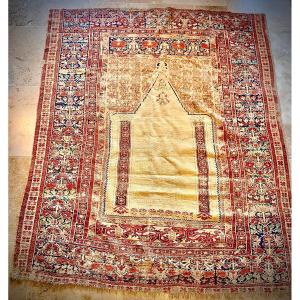
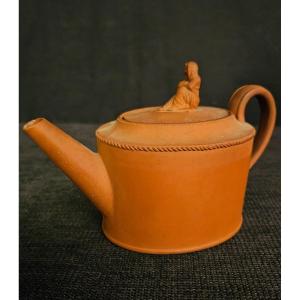




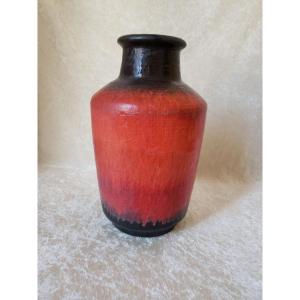



 Le Magazine de PROANTIC
Le Magazine de PROANTIC TRÉSORS Magazine
TRÉSORS Magazine Rivista Artiquariato
Rivista Artiquariato
